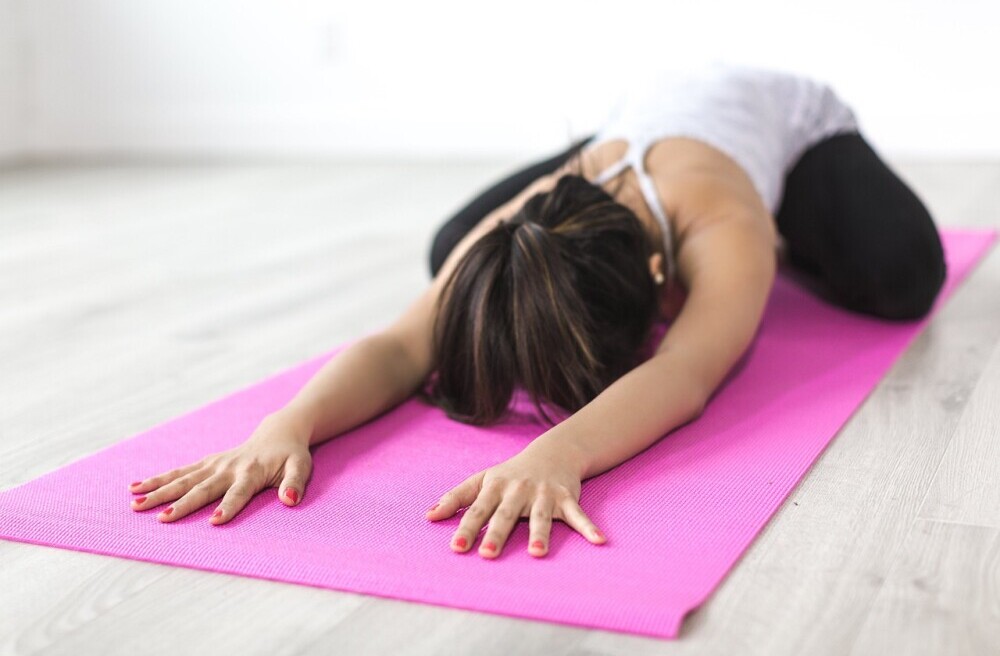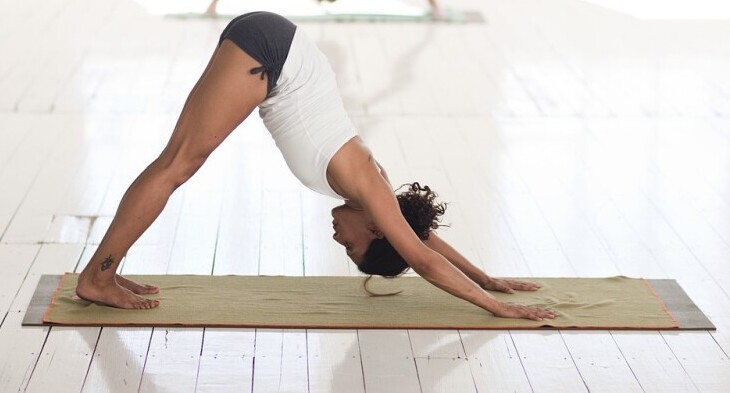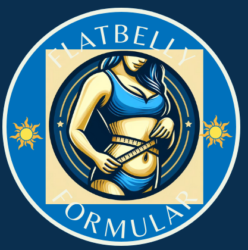Yoga’s been around for centuries, but it’s never been more relevant than today. With the hustle and bustle of modern life, yoga offers a much-needed pause and a chance to reset both mind and body. So, what’s the magic about yoga?
Simply put, yoga is a practice that involves both physical postures and mental focus. It helps improve flexibility, build strength, and enhance your overall well-being. Plus, it’s a fantastic way to reduce stress and boost mental clarity. For those just starting out, it’s important to embrace simple poses first—they’re the building blocks of a solid yoga practice.
Diving into yoga as a beginner might seem overwhelming. Those intricate poses you see in magazines? You won’t be doing those just yet! It’s totally fine to start slow and build up your confidence and stamina. Think of it as laying a foundation for an effective practice.
Goals are crucial. Define what you want from your yoga journey. Better flexibility? Losing belly fat? Improved mental health? Everyone’s reason might differ, and that’s the beauty of yoga. It’s personal and adaptable. But whatever your goal, remember to keep it realistic. Rome wasn’t built in a day, and neither is a seasoned yoga routine!

Lastly, finding the right environment is key. A quiet, comfortable place in your home can make a huge difference. Avoid distractions and give yourself the space to breathe and flow through your poses. A good yoga mat makes the practice more comfortable.
With these insights, you’re already on a great path to starting your yoga journey. Let’s get ready to stretch, breathe, and find a peaceful pocket in this crazy world.
Mountain Pose (Tadasana)
Mountain Pose might look simple, but don’t underestimate its power. It’s the perfect starting point for any yoga practice. The pose is all about standing tall and sturdy, like a mountain, aligning your body from head to toe.
Start by standing with your feet together or slightly apart. Feel the ground beneath your feet and distribute your weight evenly. Engage your thighs and core gently but don’t lock your knees. Let your arms hang by your sides, your fingers pointing down. Lift through the crown of your head and keep your chin parallel to the floor.
This pose encourages proper posture and alignment. It’s like a gentle wake-up call for every muscle in your body, reminding them of their jobs. The beauty? You can practice it anytime, anywhere.
Common missteps include locking the knees too tightly or swaying the hips. Keep it relaxed but aware. It’s more about connecting with your body than perfection.
Think of Mountain Pose as your go-to reset button. When stressed or unfocused, even a minute in Tadasana can bring clarity and calmness. This pose lays the groundwork which supports more complex poses later on. Embrace this simplicity, and you’ll feel the benefits trickle in through your daily routine.
Child’s Pose (Balasana)
Child’s Pose is like yoga’s comfort zone, a place to retreat and relax when you need it. This gentle stretch is perfect for releasing tension and calming the mind, making it an essential part of any yoga beginner’s toolkit.

To get into Child’s Pose, start on your hands and knees in a tabletop position. Bring your big toes together and widen your knees to the edges of your mat. As you exhale, sit back on your heels and extend your arms forward or rest them alongside your body. Let your forehead gently touch the mat.
Child’s Pose is a fantastic way to stretch the hips, thighs, and ankles while promoting mental relaxation. It’s perfect for those moments when you feel overstretched and just need a breather. Rest here for a few slow breaths, and you’ll feel the stress melt away.
For those with tighter hips or knee discomfort, placing a cushion or blanket between your thighs and calves can make this pose more comfortable. Alternatively, consider a wider knee stance for a gentler stretch.
It’s a great reminder that taking care of oneself is about listening to your body and respecting your limits. Give yourself permission to sink into the pose, soaking up its tranquility. Anytime you need a reset, Child’s Pose is your sanctuary.
Downward-Facing Dog (Adho Mukha Svanasana)
Getting into Downward-Facing Dog gives you the best of both worlds: a full-body stretch and a strengthening workout. It’s one of yoga’s signature poses that helps build a solid foundation for your practice.
From tabletop position, tuck your toes under and lift your hips towards the ceiling. Straighten your legs as much as comfortable, forming an inverted V with your body. Spread your fingers wide and press firmly into your hands, drawing your chest towards your thighs.
This pose is excellent for working out tension from the shoulders to the calves while enhancing your blood circulation. It also stretches the spine, providing relief from the stiffness of sitting all day.

Watch out for common misalignments like collapsed shoulders or a hunched back. Keep your spine long and strong, and allow your head to hang between your arms naturally.
Downward-Facing Dog serves as a transition in many yoga sequences, so mastering it is key. It links different poses together smoothly, allowing you to flow seamlessly from one to the next.
Remember, your heels might not touch the ground right away, and that’s okay! Focus on the sensation and what your body needs, rather than how the pose looks. With time, flexibility and strength will come.
Creating Your Own Yoga Routine
You’ve learned some great poses, but how do you put them all together? It’s time to build a routine that suits you best, and connects with your personal goals.
Start by integrating the poses discussed before: Mountain Pose, Child’s Pose, and Downward-Facing Dog can form a gentle flow on their own. Add a few breaths in each pose, letting your body and mind adjust. Transition smoothly from standing tall to reaching for the sky and then resting gently on the mat.
Consistency is key. Try to practice daily, even if it’s just for a few minutes. The beauty of yoga is how easily it fits into any schedule. Fifteen minutes a day can make a noticeable difference over time.
Listen to your body, and let it guide you. Feeling sore or overwhelmed? Spend more time in Child’s Pose or a seated meditation. Got some energy to burn? Flow through your poses with a bit more speed.
Remember, there’s no right or wrong way to practice yoga. What matters is that you listen to yourself and enjoy the journey. Grab your mat and start discovering all the amazing benefits yoga offers.
Get Your Quality Yoga Mat Here:-
**Here’s a little transparency: As an Amazon associate, I may earn from qualified purchase if you make a purchase through these links. There’s no extra cost to you, it’s a simple way you can support my mission to bring you quality wellness contents.
